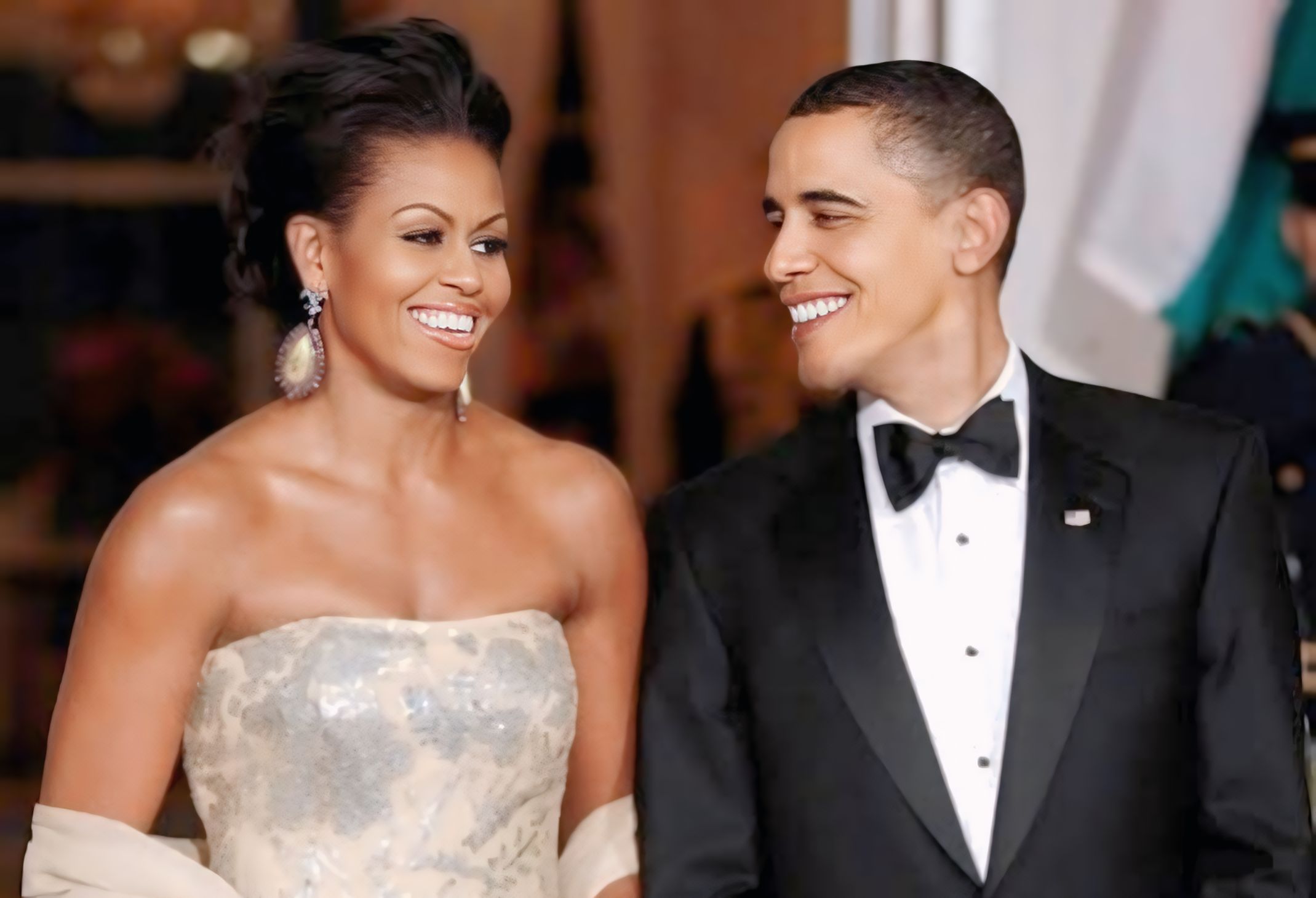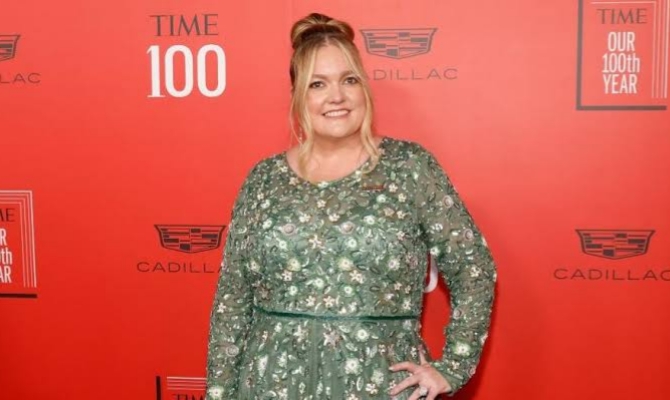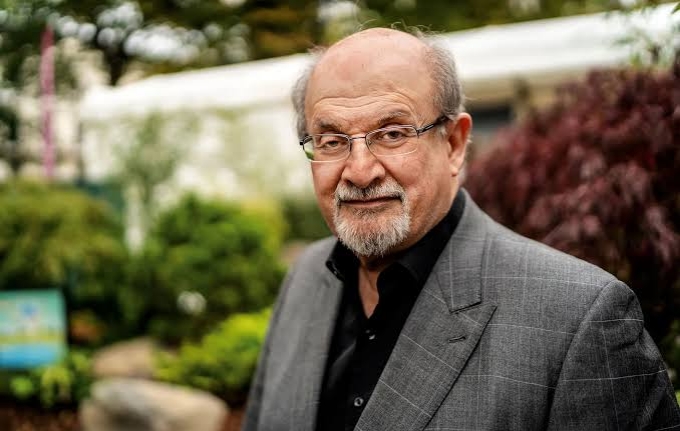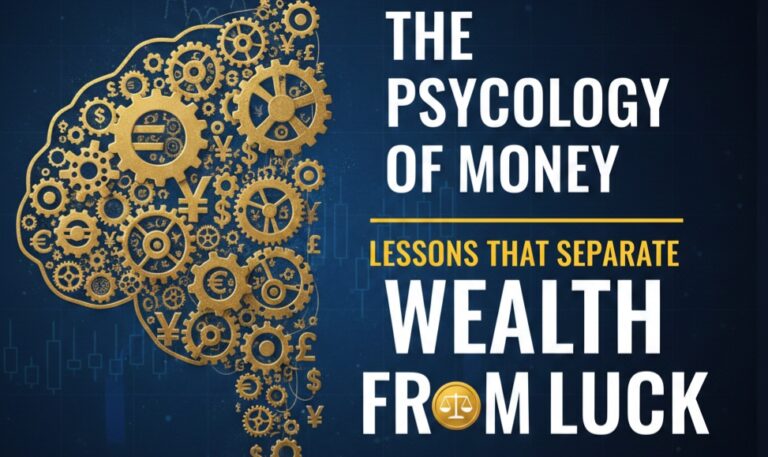
If you’ve ever read a memoir that made you pause, laugh, and maybe even tear up a little, you’ll understand why Michelle Obama’s life story hits differently.
I first picked up Becoming thinking I’d get the usual political memoir. Instead, I found myself turning pages at 2 a.m., feeling like Michelle was talking to me across a kitchen table.
This isn’t just the story of a First Lady. It’s the story of a little girl who grew up on Chicago’s South Side, worked her way into the Ivy League, fell in love with a man named Barack, and somehow managed to keep her own identity while living in the White House fishbowl.
Growing Up on the South Side
Michelle LaVaughn Robinson was born on January 17, 1964. Her parents, Fraser and Marian, weren’t rich — far from it — but they were rich in the ways that matter: discipline, kindness, and the unshakable belief that their kids could do anything.
Fraser, even while battling multiple sclerosis, worked for the city’s water department without complaint. Marian ran the household like a pro — but not the kind of strict, joyless home you see in TV dramas. There was laughter, love, and a whole lot of reading.
Michelle shared a tiny bedroom with her older brother, Craig. No private study rooms, no fancy gadgets — just a desk in the living room and parents who cared enough to ask about homework every night.
And here’s something I love about young Michelle: she didn’t just get good grades. She wanted to get good grades. She was the kind of kid who saw a challenge and thought, “Alright, watch me.”
Chasing Education Like It’s Gold
In high school, Michelle commuted over an hour each way to Whitney M. Young Magnet High School. Can we just pause here? Imagine being a teenager, waking up before sunrise, and then competing with some of the sharpest students in Chicago — and still excelling.
That drive carried her all the way to Princeton University, where she majored in sociology and African-American studies.
But here’s the thing she’s honest about: she didn’t always feel like she fit in. At Princeton, she was often one of the few Black women in the room, which made her even more determined to prove herself.
Then came Harvard Law School. If Princeton was an adjustment, Harvard was a test of endurance. Michelle not only survived it — she thrived. And while she could have gone straight into making big corporate money, her heart was already leaning toward public service.
Meeting Barack (Yes, That Barack)
Back in Chicago, Michelle took a job at the law firm Sidley & Austin. Enter Barack Obama — the summer associate she was assigned to mentor.
She wasn’t exactly impressed at first (pro tip: Michelle doesn’t fall for people easily). But Barack’s intelligence, calm confidence, and ability to make everyone feel seen eventually won her over.
Their dates weren’t glamorous political dinners. They went to art exhibits, grabbed simple meals, and talked for hours about the kind of future they wanted — not just for themselves, but for the country.
By 1992, they were married, and yes, that famous dance-at-their-wedding photo is just as joyful as you’d expect.
Choosing Purpose Over Prestige
Michelle’s career path could have been a straight climb up the corporate ladder, but that’s not her style. She moved into roles that actually meant something to her:
- Assistant to the Mayor of Chicago
- Executive Director at Public Allies (helping young people get into leadership)
- Vice President at the University of Chicago Hospitals, focusing on community outreach
She wasn’t chasing titles — she was chasing impact.
The Reluctant Campaigner Who Won Hearts
When Barack decided to run for president, Michelle wasn’t instantly on board. Politics, after all, can be brutal, and she had two young daughters to think about. But once she stepped onto the campaign trail, something clicked.
She wasn’t just a political spouse repeating talking points. She spoke from the heart about balancing work and family, about how America could do better for its children, and about the everyday struggles people face.
In 2008, when Barack won the presidency, Michelle became the first African-American First Lady in U.S. history — and she wore that responsibility with grace.
First Lady on a Mission
Michelle didn’t treat the role as ceremonial. She launched initiatives that had real weight:
- Let’s Move! – Tackling childhood obesity with better nutrition and exercise.
- Joining Forces – Supporting veterans and military families.
- Reach Higher – Inspiring students to pursue higher education.
- Let Girls Learn – Advocating for girls’ education worldwide.
What I loved was how she could move between worlds effortlessly. One day, she’d be speaking to world leaders. The next, she’d be on Jimmy Fallon doing a “mom dance” routine. She made the White House feel human.
Life After the White House
Some people step back after leaving such a public role. Not Michelle. She leaned in.
Her memoir Becoming came out in 2018 and immediately became one of the bestselling books of the decade. It’s warm, honest, and funny — the kind of book you lend to a friend and then immediately ask for back.
In 2022, she released The Light We Carry, a guide to navigating uncertainty and holding onto hope. It’s less about politics and more about how to stay grounded when the world feels like it’s spinning.
Through the Obama Foundation, she’s still pushing for educational opportunities, youth leadership, and community development.
Awards, Recognition, and a Legacy in Progress
Michelle’s list of honors is long — Grammy Award for Best Spoken Word Album, multiple NAACP Image Awards, TIME 100 nods — but here’s the thing: she’s never acted like those accolades define her.
If you listen to her speeches, her message always circles back to the same point: It’s not where you start that matters. It’s what you do with what you have.
Why Michelle Obama’s Story Still Resonates
Michelle’s journey is proof that you don’t have to be born into privilege to leave a mark on the world. Her mix of brains, grit, humor, and compassion is rare — and needed now more than ever.
She’s not perfect (and she’d be the first to admit it), but maybe that’s why people connect with her. She shows us that you can be ambitious without losing your humanity.
And maybe that’s why her story doesn’t feel finished. Because she’s still writing it.




